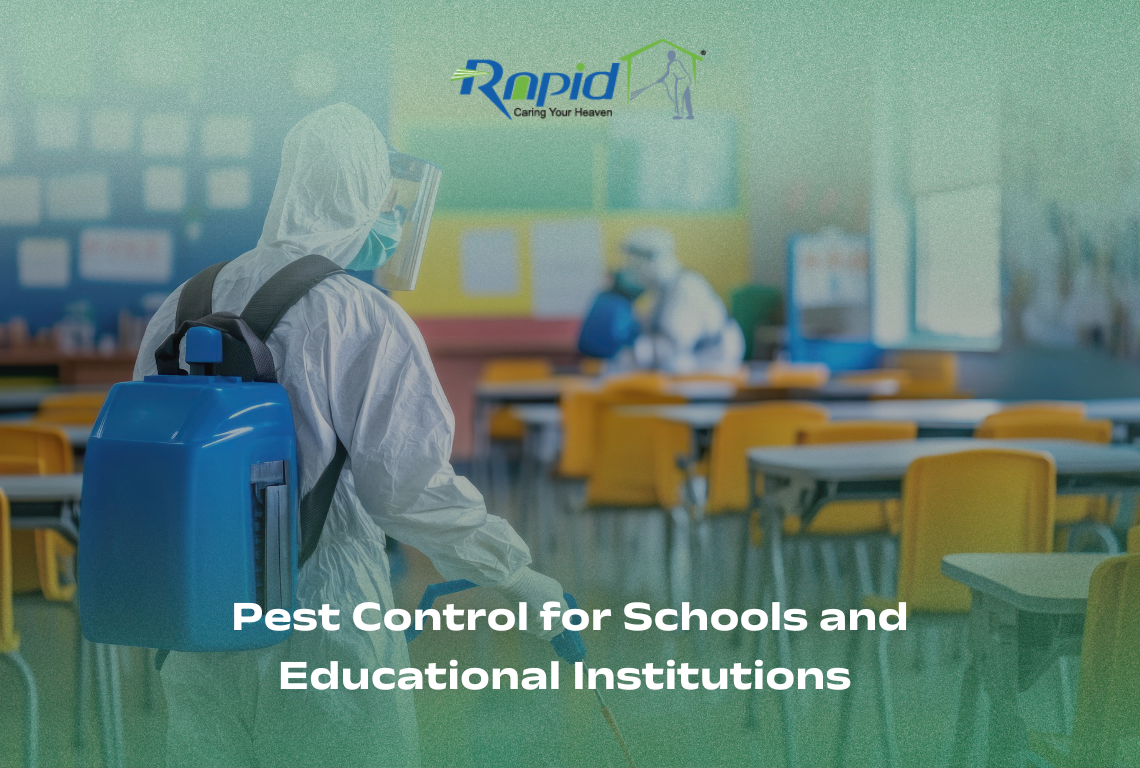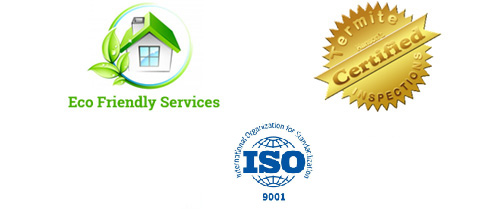
Introduction
Schools and educational institutions are places where children spend a significant part of their day. A clean and safe environment is essential to support their health and well-being. However, pests like rodents, cockroaches, termites, and mosquitoes can pose serious threats by spreading diseases and damaging property. Implementing a professional pest control strategy is crucial to maintaining a hygienic and pest-free learning space.
Why Pest Control is Essential for Schools?
- Health and Hygiene – Pests carry harmful bacteria and viruses that can lead to diseases like food poisoning, allergies, and respiratory issues among students and staff.
- Property Protection – Termites and rodents can damage wooden structures, books, furniture, and even electrical wiring, leading to costly repairs.
- Regulatory Compliance – Schools must adhere to health and safety regulations, ensuring their premises are pest-free for student safety.
- Preventing Food Contamination – School cafeterias attract pests like cockroaches and rodents, which can contaminate food and kitchen surfaces.
- Student & Staff Comfort – A pest-free school environment ensures that students can focus on learning without the distraction or fear of pests.
Common Pests Found in Schools
- Rodents (Rats & Mice): Contaminate food, damage books, and spread diseases.
- Cockroaches: Found in kitchens and storage areas, they spread bacteria and allergens.
- Termites: Silent destroyers that weaken school infrastructure and furniture.
- Mosquitoes: Carry diseases like dengue and malaria, posing health risks to students.
- Bed Bugs: Can infest dormitories and cause discomfort and skin irritation.
- Flies: Spread bacteria and are common in cafeterias and waste disposal areas.
Best Pest Control Strategies for Schools
1. Regular Inspections
Routine pest inspections help identify infestations early and prevent large-scale problems. A professional pest control team can assess vulnerable areas like kitchens, storage rooms, and playgrounds.
2. Eco-Friendly Pest Control Solutions
Schools should opt for safe and non-toxic pest control treatments to protect students, especially young children who are more sensitive to chemicals.
3. Proper Waste Management
Garbage bins should be sealed, and waste should be disposed of regularly to prevent attracting pests like rodents and flies.
4. Sealing Entry Points
Cracks, gaps, and holes in walls, doors, and windows should be sealed to prevent pests from entering school buildings.
5. Hygiene and Cleanliness
Regular cleaning of classrooms, washrooms, and cafeterias helps eliminate food sources and breeding grounds for pests.
6. Pest-Specific Treatment Plans
Depending on the infestation type, pest control companies offer tailored treatment plans, such as termite bait stations, rodent trapping, and mosquito fogging.
Why Choose Rapid Pest Control for School Pest Management?
- 15+ Years of Experience: Providing expert pest control services for schools, colleges, and institutions.
- Eco-Friendly Solutions: Safe treatments that protect students and the environment.
- Customized Plans: Tailored pest control strategies to meet school needs.
- Certified Professionals: Trained and certified pest control experts ensuring quality service.
- Long-Term Prevention: We focus on eliminating pests and preventing future infestations.
Conclusion
A clean, pest-free school environment is essential for students’ health and academic performance. With professional pest control services from Rapid Pest Control, educational institutions can ensure a safe, hygienic, and conducive learning space. Contact us today to schedule an inspection and keep your school pest-free!

